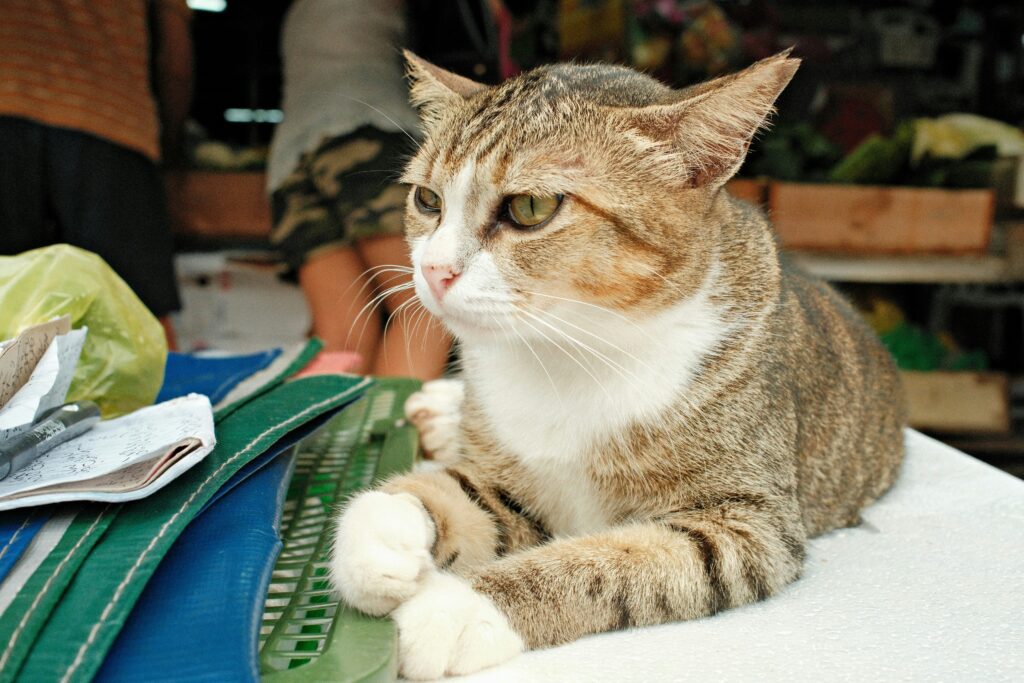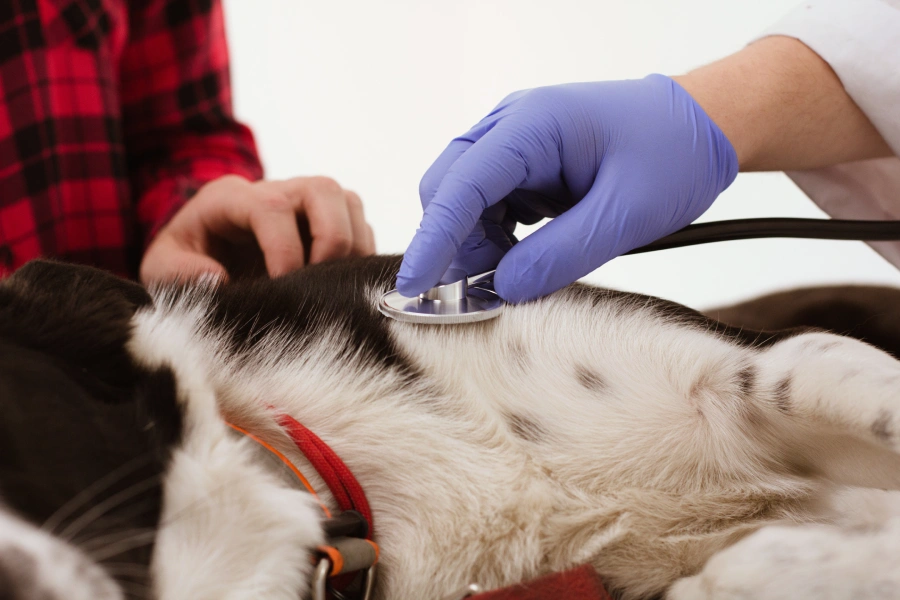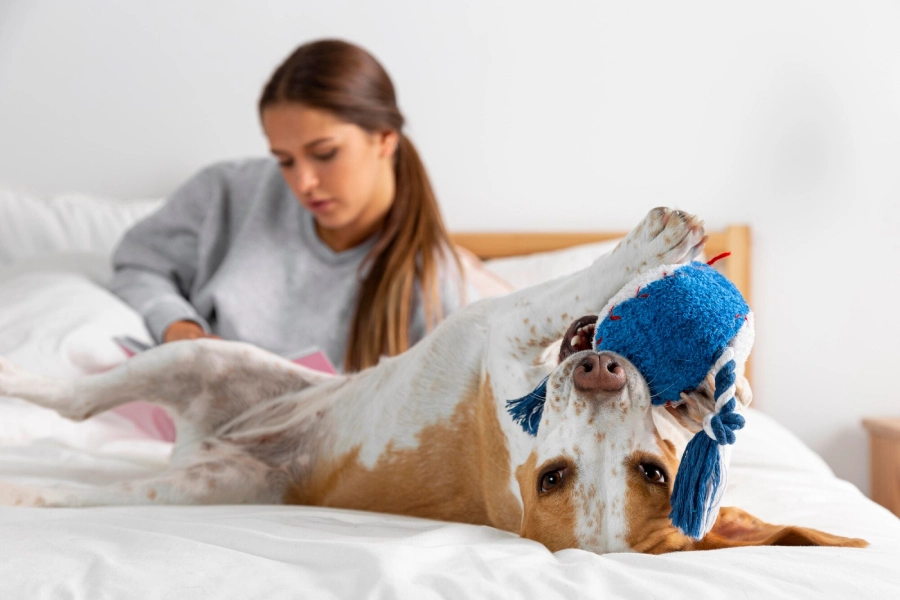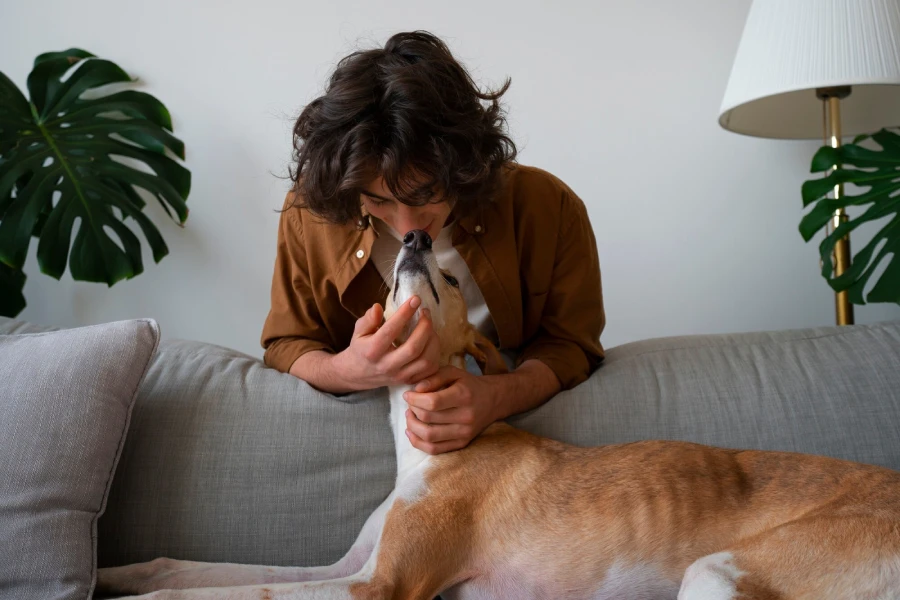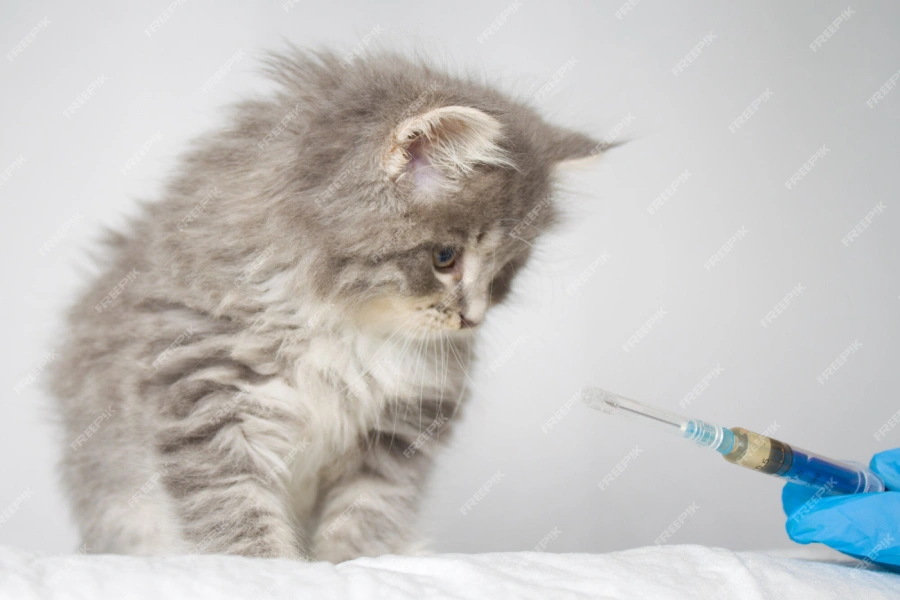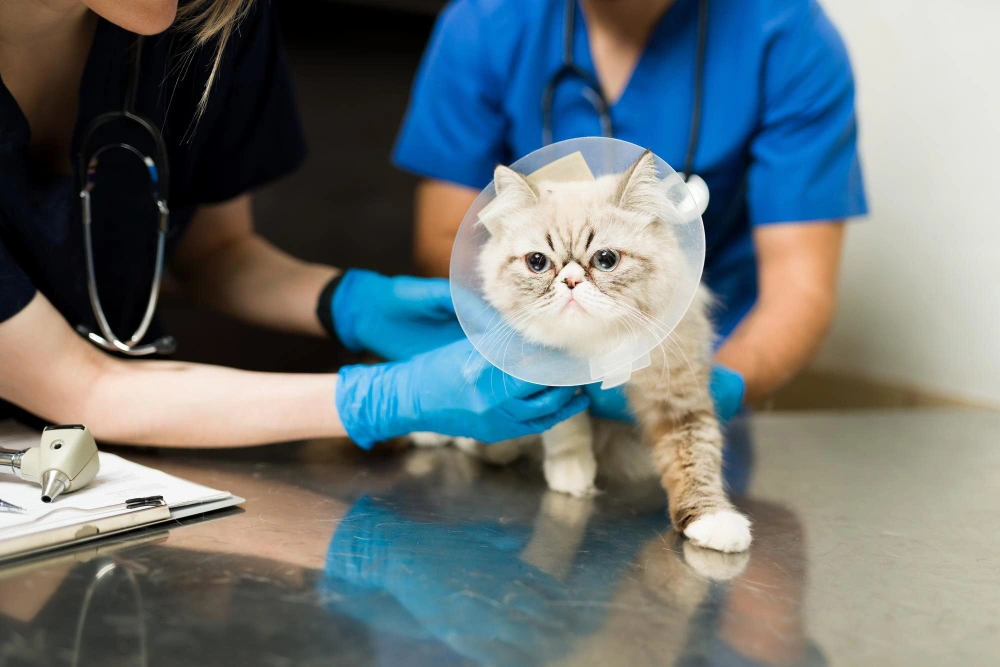
Feline cystitis is an uncomfortable but also even a dangerous medical condition in pets. Urinary tract disorders are classified as “upper” or “lower”. For example, an infection of the kidneys is a type of upper urinary tract problem, while a disorder of the bladder and urethra is a lower urinary tract infection (eg includes what is commonly called cystitis).
Feline lower urinary tract disease (FLUTD) is not a specific disease, but rather is the term used to describe a few conditions that can affect the bladder and urethra of cats. This syndrome can have many possible causes.
Urinary problems in cats are most frequently seen in young to middle-aged, over-weight cats indoor cats that get little exercise, use a litter box, and don’t drink enough water. Some stress factors are involved such as interactions with other cats, and changes in routine, which may also increase the risk that a cat will develop cystitis.
While the common idiopathic cystitis is not life threatening, it is important to keep in mind that it is extremely uncomfortable for your cat and it can look similar to a potentially life-threatening urethral obstruction in male cats, so urgent veterinary advice is required.
Clinical signs of urinary problems or cystitis in cats
difficulty and pain when urinating
increased frequency of urination (going to the toilet a lot)
blood in the urine
lick their genital area excessively
urinate outside the litter box
Different disease that may cause urinary problems in cats
Bacteria
Idiopathic (unknown)
Stones
Crystals e.g. struvite crystals
Investigation of cases of urinary problems in cats requires some of the following tests
Urinalysis (analysing a urine sample including a microscopic examination)
Bladder ultrasound (we can do at home if scheduled)
Bladder xrays (needs to be done in a veterinary hospital)
When to recognise a urinary emergency and what to do:
There is a large range of different urinary conditions in cats, and it’s important to note that some Urinary problems can quickly (within hours) become a life-threatening medical emergencies if a cat’s urethra (tube from the bladder) becomes blocked, meaning inability to urinate. For example debris or stones or crystals causing a plug or blockage. Prompt attention is essential and arrange see a vet immediately in this situation. (Treatment of a blockage needs to be done in a hospital and would never be attempted in a Housecall situation.)
Signs of a urinary blockage could be:
painful abdomen (belly area)
painful urination, whining, or failing to urinate, or just dribble urine
lethargic
not eating, decreased appetite
vomiting and or diarrhoea
see these signs and contact the veterinary hospital immediately
Treatment and the future:
Urinary conditions are stressful for both cats and cat parents. It can be worrying for cat owners to learn that this is often a lifelong problem. The good news is, appropriate diet and stress management go a long way in preventing recurrence- and with correct veterinary guidance together we can do our best to avoid urinary problems.
Contact Homevet Pet Housecall service on 9860 5522 for more details on preventing urinary problems in cats.
病的問題,請致電寵到家獸醫到訪服務98605522查詢[:]

